From van Gogh to William Blake, the Met Spotlights a Masterpiece a Week
For the 100th anniversary of the Department of Drawings and Prints, the Metropolitan Museum of Art is selecting a different work to highlight each week.
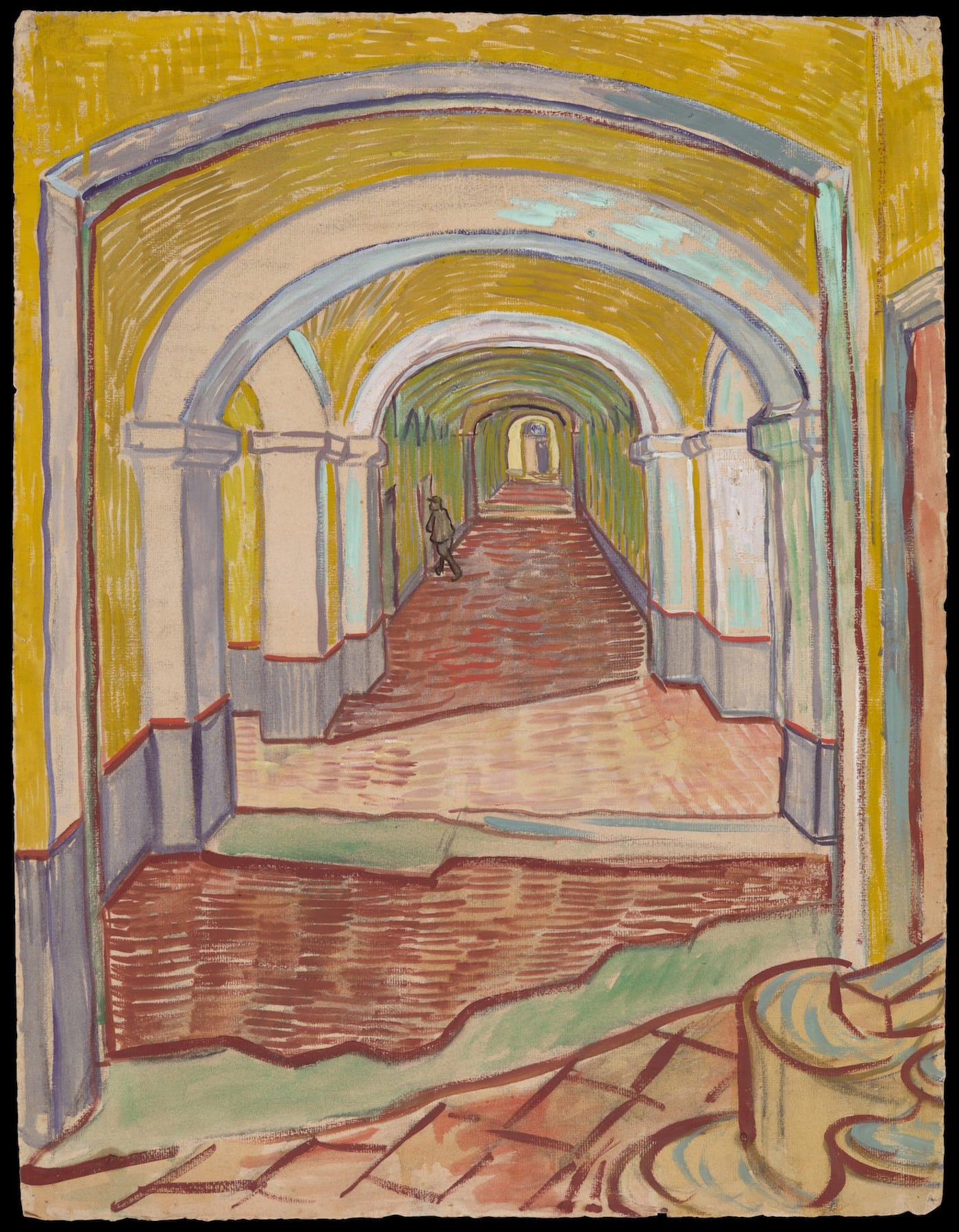
Every week for a year, the Metropolitan Museum of Art is showcasing a different piece from its Department of Drawings and Prints. From a subtle 16th-century study by Leonardo da Vinci for his “Virgin and Child with Saint Anne” painting to an exceptionally rare early-20th-century baseball card, the rotating selections in One Hundred Years of Drawings and Prints highlight the depth of the department in its 100th anniversary year.

“The initial idea of our collection is, you don’t just have masterpieces, but you have masterpieces with all of the things around them that inform why they’re great, and their place in the history of art and history of printmaking, ” Nadine M. Orenstein, the Drue Heinz curator in charge in the Department of Drawings and Prints, told Hyperallergic. “You don’t just have great Rembrandts and Degas, but you have all the other aspects of how prints have been used.”
The Department of Prints was founded in 1916, later merging with the drawings department in 1992, and the museum is hosting events around the centennial year (such as the Jean Honoré Fragonard exhibition currently on view). The Department of Drawings and Prints now holds more than one million prints, 17,000 drawings, and 12,000 illustrated books.
Orenstein asked all the curators in the Department to suggest works for One Hundred Years of Drawings and Prints, then narrowed down the list, with an eye to demonstrating their collections’ variety. The rotating space in the Robert Wood Johnson, Jr. Gallery launched on April 12 with a work by Georges Seurat, and will continue with new pieces each week through April 30, 2017. Each is installed against a large blue square, designed to accommodate the various sizes of the art. Due to the fragility of works on paper, the gallery already changes its exhibition every 14 weeks, and can hold only 60 pieces at a time, but this is a more dynamic experiment for the room.

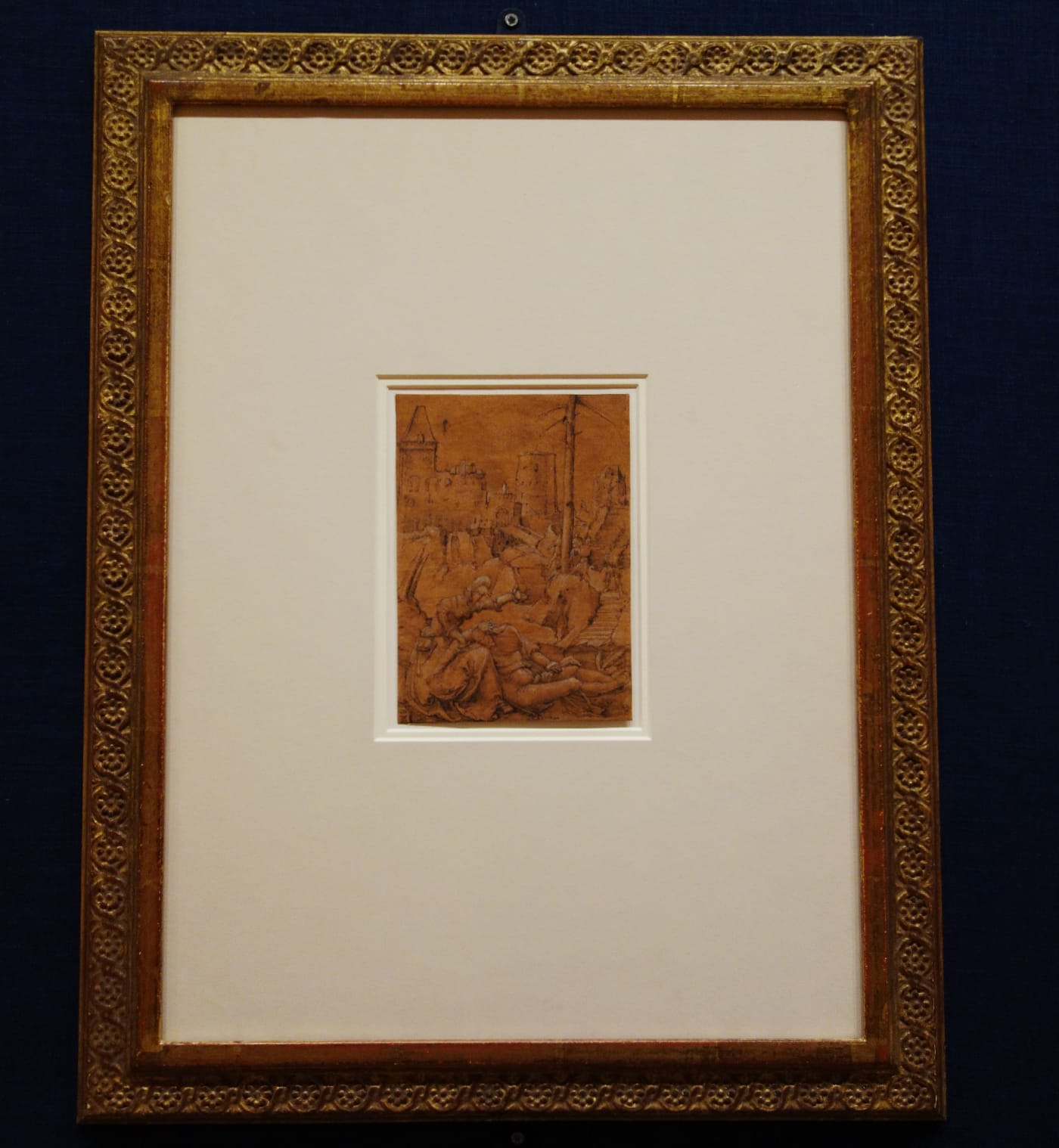
The “works of the week” have included an 1889 illustration by Vincent van Gogh of the corridor of the asylum where he spent the end of his life, a vibrant 1795 print by William Blake of “God Judging Adam,” and a 1653 copperplate print by Rembrandt of the crucifixion of Jesus Christ. There’s also been an 1864 cut paper fairy tale scene by children’s author Hans Christian Anderson, and Albrecht Altdorfer’s 1506 drawing of “Samson and Delilah,” one of the first major works on paper acquired by the Met.
On November 8, one of the museum’s great masterpieces will start its residency in gallery: Michelangelo’s “Studies for the Libyan Sibyl” (1510-11), a red chalk drawing created in preparation for the Sistine Chapel ceiling, acquired by the museum in 1924. Future works include a drawing by Jacques-Louis David added to the collections just two years ago, an Art Nouveau selection by William Henry Bradley from the turn-of-the-century American poster collection, a drawing by Eugène Delacroix, a piece by Wassily Kandinsky, and, on December 13, a showing of the prized Honus Wagner baseball card from 1909–11.
“What I hope is that people come back, and they’ll walk by the gallery and see something new,” Orenstein said. “The idea behind it is to let people know the great variety of terrific works that are in our collection.”

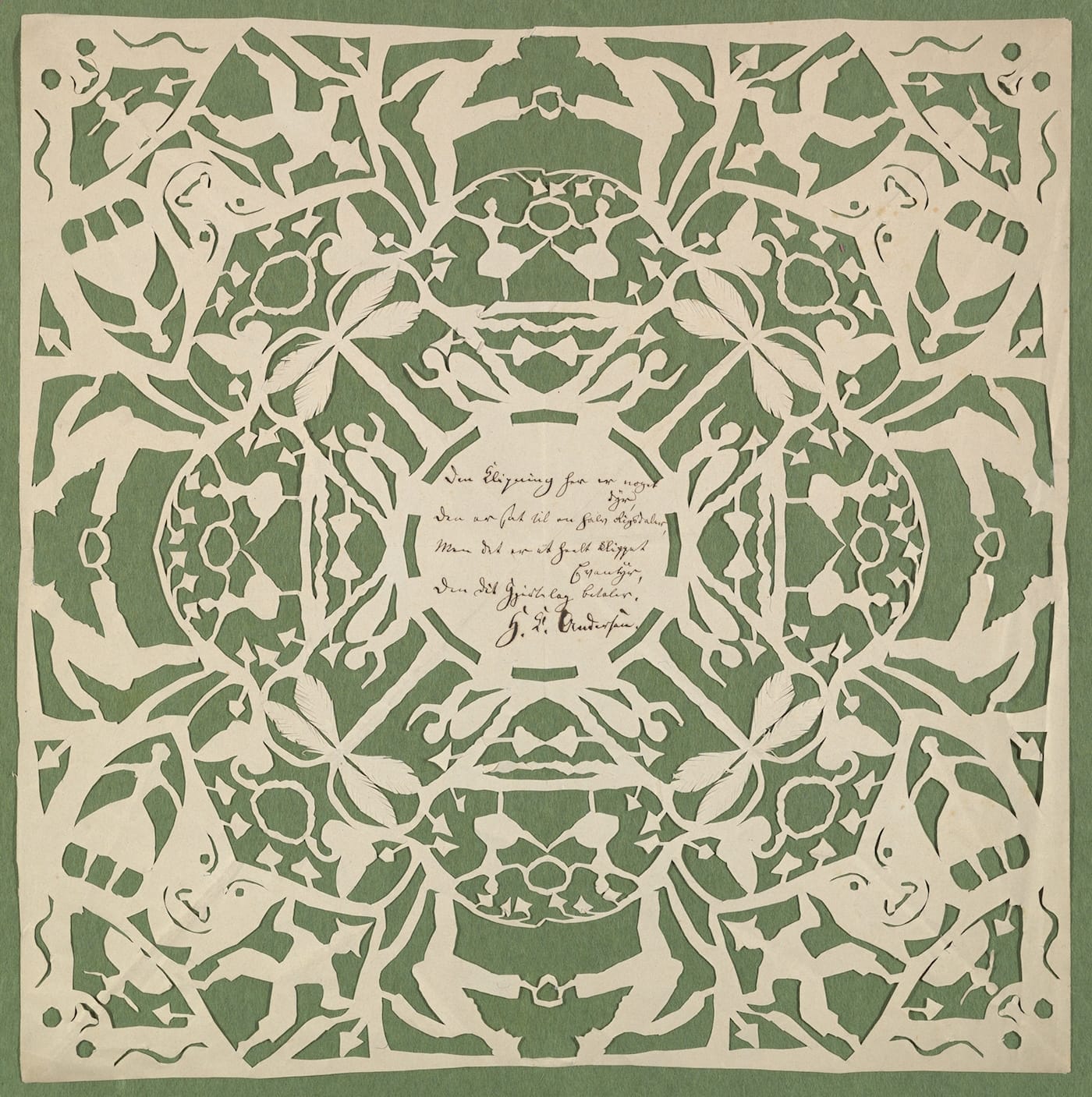
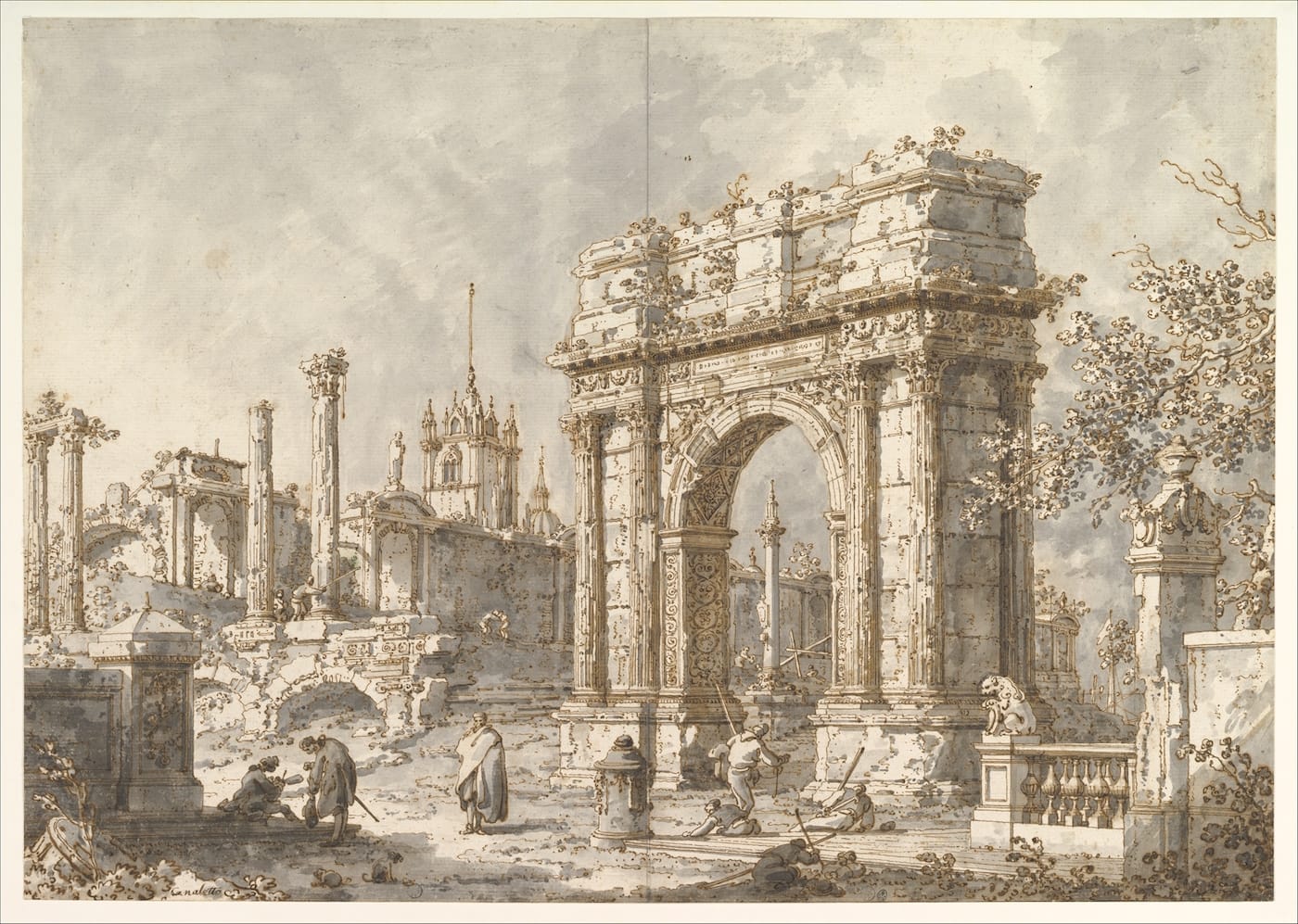
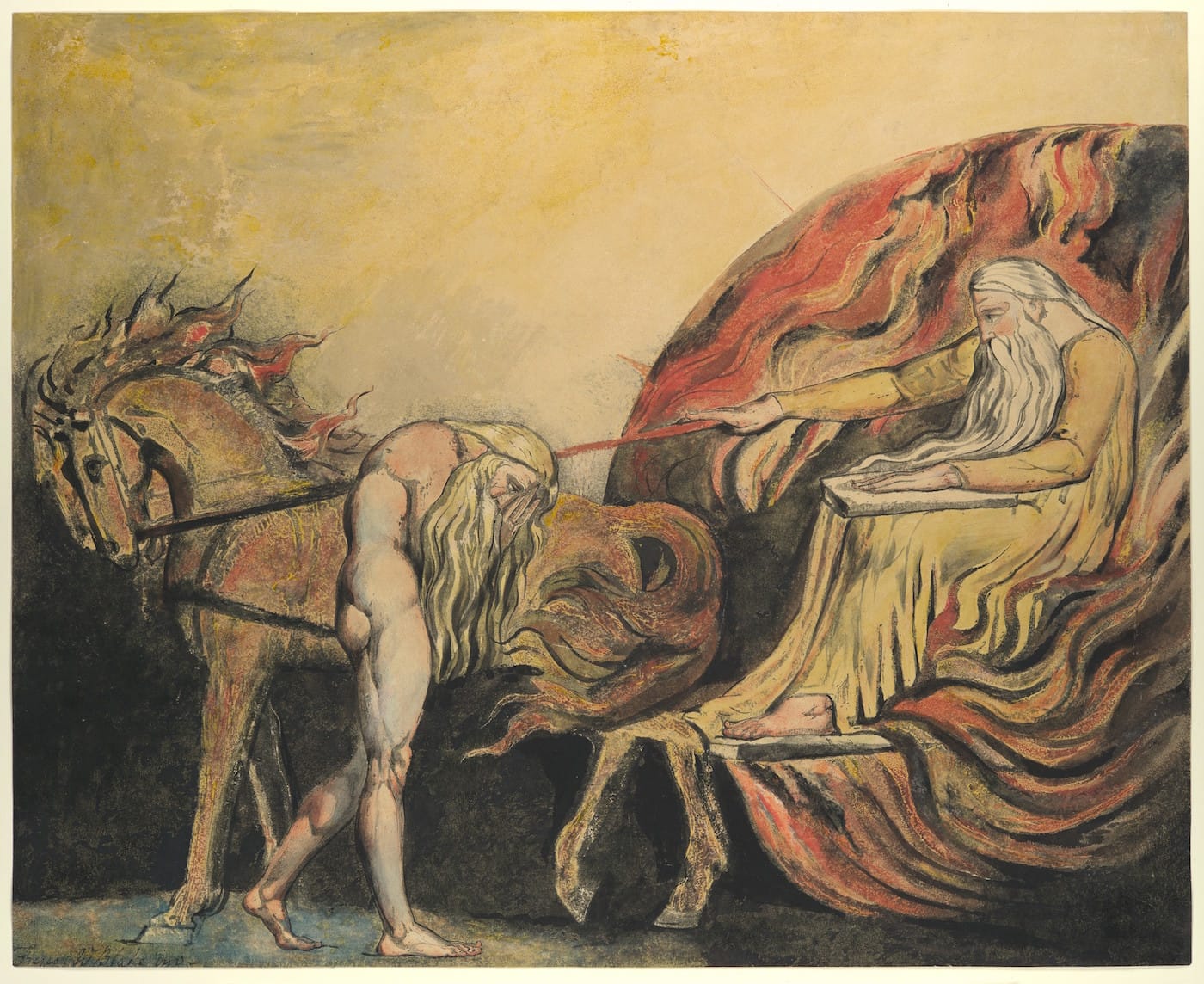

One Hundred Years of Drawings and Prints continues through April 30, 2017 at the Metropolitan Museum of Art (1000 Fifth Avenue, Upper East Side, Manhattan).





